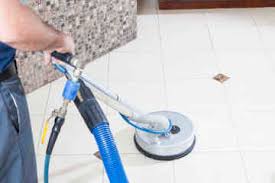The History of Carpet Cleaning: Part 1
(I found the following article to be fascinating. It is the first chapter from an authoritative training manual for carpet cleaners written in the 1980’s. It gives insight into the industry as it exists today. It is unedited.)
It is essential for anyone entering the carpet cleaning field to have a thorough and comprehensive knowledge of the various cleaning methods, applications, and history of carpet cleaning in general to become an informed and qualified journeyman. The following is a brief history of the cleaning methods.
Prior to World War II virtually all rugs were what we now call area rugs. These being portable and transportable, were best cleaned in a plant where specialized equipment could beat, vacuum, scrub and rinse all in one operation. With a proper drying room, fantastic results were obtained. After beating and vacuuming, the rugs were spread on a slab floor, hosed down with a cleaning solution and water, and scrubbed with a rotary brush scrubber. After rinsing, they were dried.
After WWII, the home builders of America caused a drastic change in home construction. The scarce and expensive hardwood flooring was dispensed with in favor of concrete slabs, plywood or unfinished sub-flooring. Wall-to-wall carpeting was readily accepted by the American housewife because not only was it less work to maintain, but it was also a decorator item. It gives an attractive appearance, is warm, and reduces noise. Builders and buyers accepted it because it was cheaper.
The problem of cleaning wall-to-wall carpeting is different than cleaning area rugs. Not only are they not portable, but the construction is entirely different. Smaller cleaning companies had been cleaning rugs on-location for some time. Since they lacked the expensive plant facilities, they fitted a solution tank and a different brush to the rotary scrubber and it became portable. Since the cleaner now had to come to the home, portable equipment was required.
The chemical companies went to work developing a fast-drying shampoo that used less moisture. Plant cleaners, who now found less rugs coming into the plant for cleaning, were being called to go home. It is little wonder they preferred the same type of cleaning method. They were skilled in this method. It was familiar, they know how to apply it and they already had the basic tool, the rotary scrubber.
Most of the established plant cleaners closed their eyes to this new market. They considered it a step-child. They knew they could not do as good a job in the home as in the plant, so they kept on-location carpet cleaning in the closet as much as possible. It was only a little over a decade ago that the National Institute of Rug Cleaning, Inc., would not allow an on-location carpet cleaning firm to be a member of their association.
The public was buying wall-to-wall carpeting. The larger plant cleaners, members of NIRC (or some such body), were ignoring on-location cleaning. They were partially correct, knowing the short-comings of the system they were familiar with as an on-location method could not be overcome with existing technology. So the equipment manufacturers, accurately sensing an expanding market, had to go outside to sell their equipment. Where it formerly took thousands and thousands of dollars to go into rug cleaning with a plant, now an on-location cleaner could set up shop from his home for a few hundred dollars. He could operate from his home, further cutting overhead.
The telephone company helped in the onslaught of untrained carpet cleaners being foisted onto an unsuspecting public, by allowing anyone to purchase large yellow page ads. These yellow page ads were solicited by some of the best trained and supervised salesmen ever assembled. They ran ads without even the simplest credit checks, with little or no restriction on the copy content.
Suddenly, a plant cleaner with trained and skilled personnel and a huge plant investment found himself in competition with an untrained newcomer with a $200.00 used scrubber and the family car. The fight was on. Prices were slashed. On-location quality was discarded and the public was left stranded. What few associations that were in existence. like NIRC, did nothing to improve the situation.
Fortunately, many of these newcomers discovered better techniques, and natural pride led them to improved quality. The plant cleaner as well started to take notice of the on-location business and some stability entered the field.
About the time things calmed down, a new process was introduced. Actually, it was re-introduced, the dry foam method. This method had been introduced before, but was unsuccessful in merchandising until the mail order people started making claims in their ads in magazines like Mechanics Illustrated, etc. Here again was a system that was almost totally rejected by the existing cleaning firms. They were content to operate as they had.
The system, as sold by firms like Von Schraderand Duraclean, is essentially a light foam brushed onto the carpet and vacuumed back up, all by the same machine in one fairly easy operation. The chief advantage is that the machines are so easy to operate. They do leave a heavy chemical residue in the carpet, and there is no real deep cleaning since the units are low powered and there is no heavy agitation. This system was advertised, and still is, as a cure-all, an absolute panacea for everything that could ever be wrong with a carpet. It should have been sold as a light surface cleaner to be used in between regular cleanings as a touch-up. The established carpet cleaners didn’t jump on this method the way the manufacturers anticipated, so following an earlier lead, they sold them to newcomers.
Again the market became flooded with untrained and unqualified operators. Not as serious as before though, because the units were more expensive. And since they were built in such a way as to use very little moisture, and had no excess power, they didn’t cause any harm to the carpeting. We went through a battle between the newcomers and the established cleaners, but it wasn’t as bad as before.
Why Choose Quality Carpet Cleaning?
Our organizational structure allows us to deliver the same or better quality of service as any of the major companies out there for a much lower cost. We invite you to compare.
There’s no secret to doing what we do. There are industry and manufacturers’ standards. There is certified training. There are apprenticeships. The best equipment and cleaning solutions are available to anyone. If you strip away all their attempts to distinguish themselves, you will find that all the top companies essentially clean how Quality Carpet Cleaning does because it’s what works best. A rose by any other name is still a rose.
Quality Carpet Cleaning has thousands of independent reviews on sites like Yelp, Angie’s List, Google, the BBB and various other review sites. These are not reviews we collect on our site where we can filter and control them. Thus, though we are rated highly everywhere, not all of our reviews are great. However, you will see that when a problem does pop up, we go out of our way to make things right with the customer.
If you are unhappy for any reason, we will gladly come out and re-clean any area you are not happy with.
We at Quality Carpet Cleaning appreciate how important your time is and give it the highest priority. We schedule ideally 3, but no more than 4, jobs per day for each technician where other companies schedule up to 6. In this way our technicians have plenty of time between jobs and don’t have to rush through a job to get to the next.
In the real world, situations arise where someone needs service right away. As a result, we keep our schedule flexible enough where we can do a reasonable number of same-day jobs. Obviously, the earlier you contact us the higher the likelihood we can accommodate you.
Our staff cares about our customers because we care about them. We look for people who like helping others and then train them on how to. We have an unofficial policy: If we have to supervise you, you don’t belong here. Our people know and like their jobs and it comes through when you talk to them.
![]() All our products are safe for kids & pets. What most people don’t know is that California regulations are so strict that many cleaning products sold in other states are not allowed to be sold here. Some standards even go beyond “green”. That said, we also carry a line of green carpet cleaning products for hyper-sensitive people.
All our products are safe for kids & pets. What most people don’t know is that California regulations are so strict that many cleaning products sold in other states are not allowed to be sold here. Some standards even go beyond “green”. That said, we also carry a line of green carpet cleaning products for hyper-sensitive people.

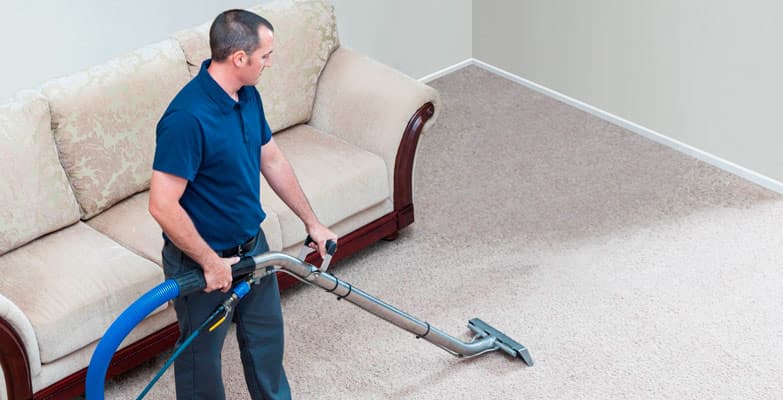 Read More
Read More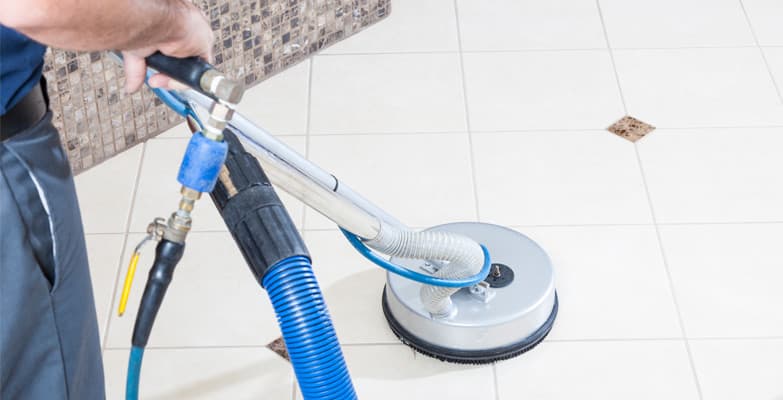 Read More
Read More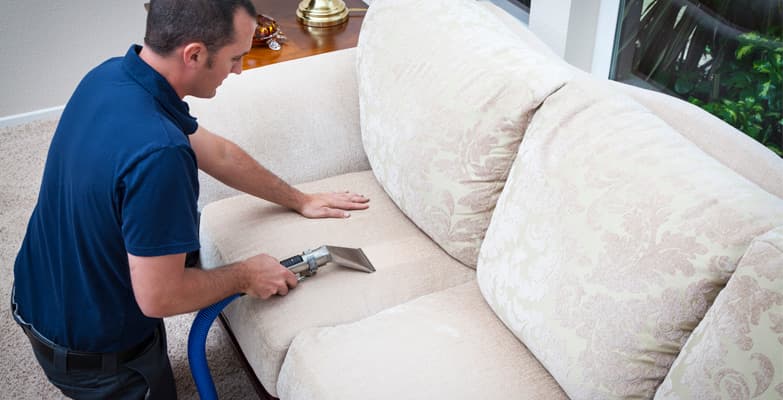 Read More
Read More Read More
Read More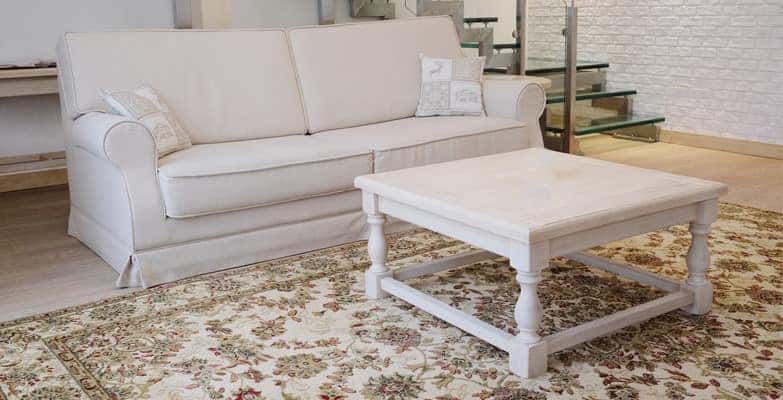 Read More
Read More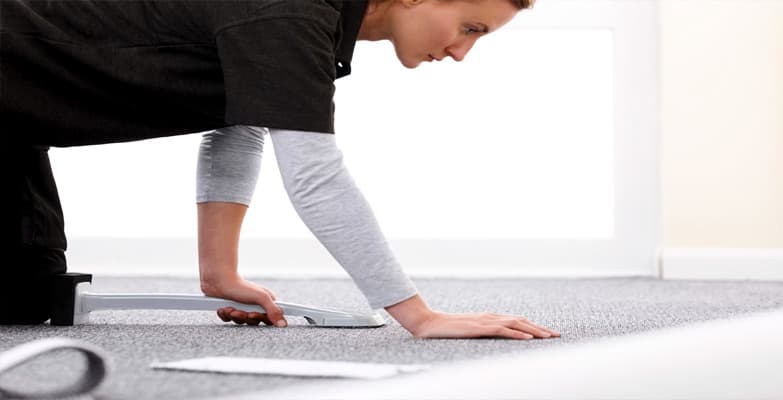 Read More
Read More
